The Black Pharaohs — a forgotten, powerful dynasty of Egypt
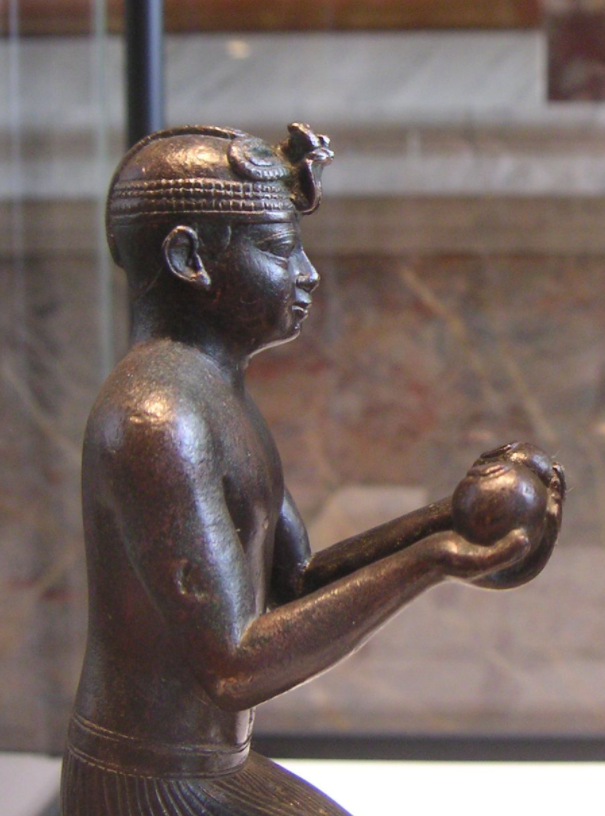
When we think about ‘pharaoh’, our mind automatically linked it to the ancient Egypt because most of us were taught throughout school that ancient Egypt rulers were called pharaoh and that they were Egyptian. Well, our teachers were not wrong in that sense — they are truths. They were just far outdated.
“Egypt thought it was the greatest place in the world and everybody else were a bit ‘chronic’ — that perspective has dominated egyptology in the study of life from the nile for two hundred years” Pierce Paul
Why?
Because there was a time — a period where ancient Egypt flourished under the rule of the forgotten ‘Black Pharaohs’.
Since the moment ancient Egypt civilization was found, western scholars had simply believed the written passage of hieroglyphs where the Egyptians portrayed the Kushans, the southern black people as primitive barbarians. That and the very idea of a black race building an empire of its own itself was practically unthinkable to them.
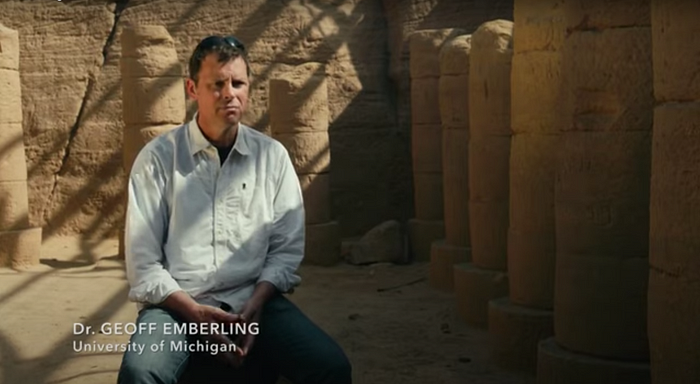
“There were just a persistent denial of the possibility that black African could have built a powerful civilisation worthy of the same attention and respect as Egypt was” said Dr. Geoff Emberling.
Where It Begun
The Kingdom of Kush was an ancient kingdom in Kush or Nubia (in Greek term), situated along the Nile Valley in what is now northern Sudan and southern Egypt.
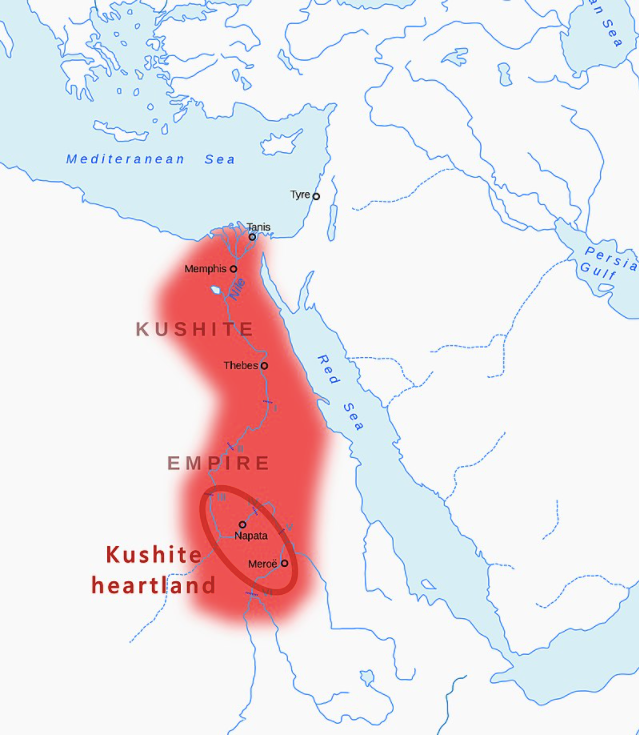
The region of Kush/Nubia was the beginning of civilization, generating societies that engrossed in trade and industry. The city state of Kerma emerged as the dominant political force between 2450 and 1450 BC, controlling the Nile Valley between the first and the fourth cataracts, an area as large as Egypt. The Egyptians were the first to identify Kerma as ‘Kush’, and over the next several centuries, the two civilizations engaged in fitful warfare, trade and cultural exchange.
In 744 BC, there was a dispute between Egypt’s rulers that Piye — King of Kush — took advantage of, seeing as they lowered their guard. He invaded and attacked to expand Kush’s territory and power beyond Thebes into lower Egypt. His feats were recorded in the Victory of Stele at Gebel Barkal:
“Hear what I have done in exceeding the ancestors. I am the king, the representation of god, the living image of Atum, who issued from the womb marked as ruler, who is feared by those greater than he, [whose father] knew and whose mother perceived even in the egg that he would be ruler, the good god, beloved of the gods, the Son of Re, who acts with his two arms, Piye, beloved of Amon ….”

His conquest unified Egypt as a whole and thus creating the start of the reign of Egypt’s Black Pharaoh or more known as the twenty-fifth dynasty.
Twenty-fifth Dynasty Of Egypt — Kushite Empire

King Piye (The first Kushian Pharaoh)
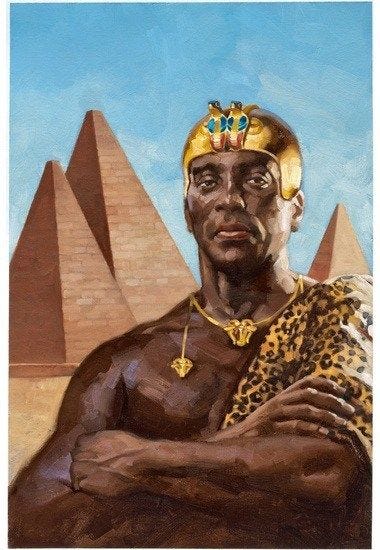
Piye ruled between 744–714 BC, using Napata (modern located Sudan and main Kush’s cult of Amun) as his homeland.
His conquest came to a final when Peftjauawybast, the leader of Herakleopolis, a region in upper Egypt, asked his help when he was invaded by Hermopolis and Sais regions. Quickly reacting to the crisis, Piye gathered an army to invade middle and lower Egypt, in one of the campaigns for which he has been praised over time.
Shebitku (Second Pharaoh)
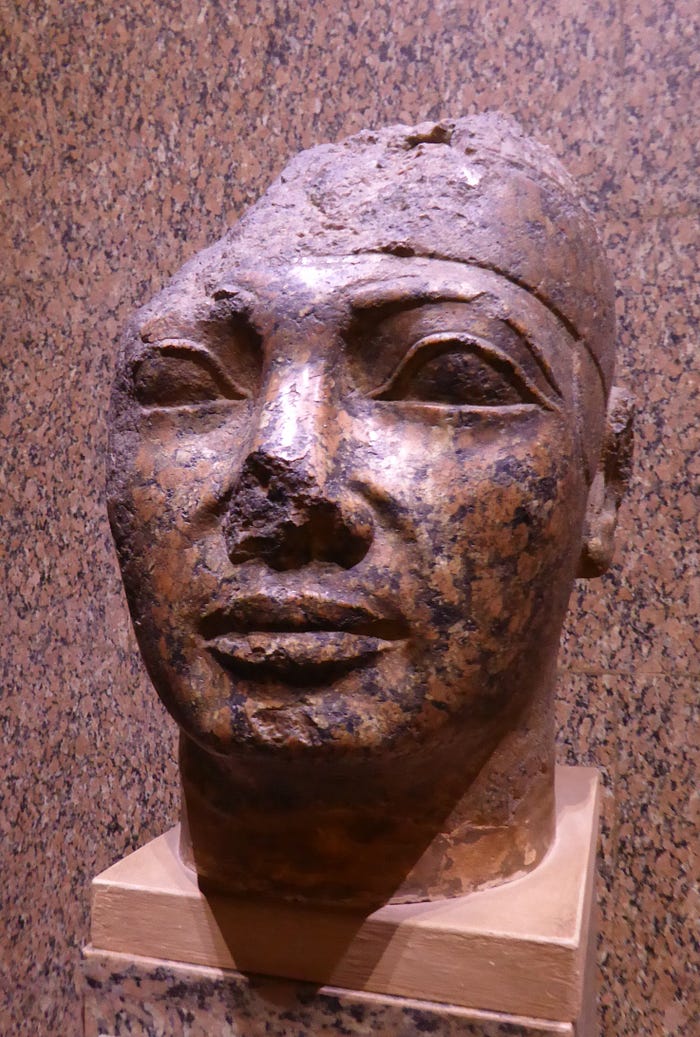
Shebitku was the son of Lord Piye. Around 712 BC — according to newer chronology — Shebitku conquered the entire Nile Valley, including upper and lower Egypt. Shebitku moved the capital city from Napata to Memphis after he defeat lower Egypt. He was a ruthless king as he burned those who dare to defy him.
Shabaka (Third Pharaoh)

Before, it is to be believed that Shabaka ruled before Shebitku and it was him whom achieved such accomplishment. However, recent discovery proved differently as it was Shibetku who actually did all of that. It left Shabaka in mystery.
Some said that Shabaka and Shebitku ruled together in a co-regency but new evidence indicated otherwise. Shabaka ruled until 690 BC when the regime was taken over by Taharqa. It was alleged that Taharqa ousted Shabaka and tried to erase all memory of him in history.
Taharqa (The Prosperous Pharaoh)

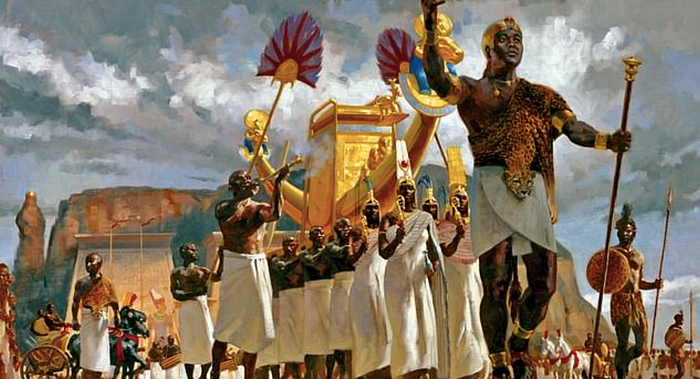
Although his reign was prosperous, Taharqa had dispute with the Assyrians. It was during his reign that he lost Egypt when the Assyrians invaded in 671 BC. Taharqa retreated to Kush (Nubia), where he died in 664 BC.
Tantamani (The Last Of Black Pharaoh)
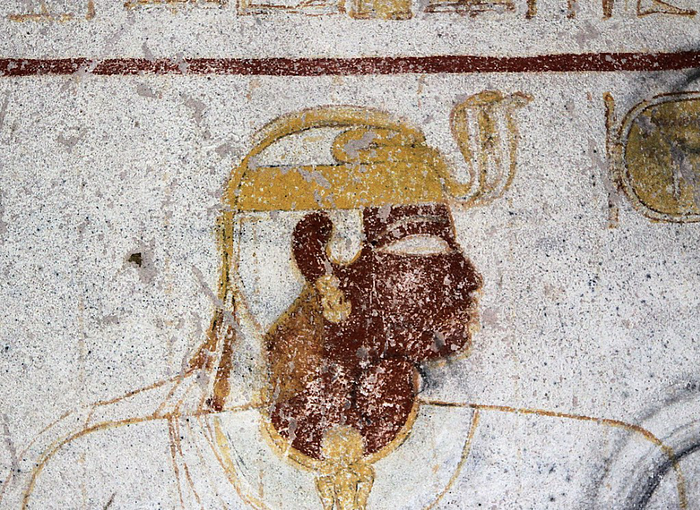
Taharqa’s successor was Tantamani, the son of Shabaka. He sailed north from Napata to Thebes with a large army to reconquer Egypt and regained control as far as Memphis. However, his ventures did not last long because his lack of ruling skill and the reinforcement of Assyrians forcing him to flee to Nubia. The Assyrians soldier ensured that the Nubians could not take over Egypt again by sacking Thebes.
Source:
- https://en.wikipedia.org/wiki/Twenty-fifth_Dynasty_of_Egypt
- https://en.wikipedia.org/wiki/Kingdom_of_Kush
- https://en.wikipedia.org/wiki/Piye
- https://face2faceafrica.com/article/the-black-pharaohs-from-the-kingdom-of-kush-who-ruled-over-egypt-for-centuries
- https://www.dailymail.co.uk/femail/article-7525111/They-ruled-Egypt-Africas-Black-Pharaohs-overlooked-says-new-show.html
- https://www.youtube.com/watch?v=x9PLWGeyolk&t=456s
